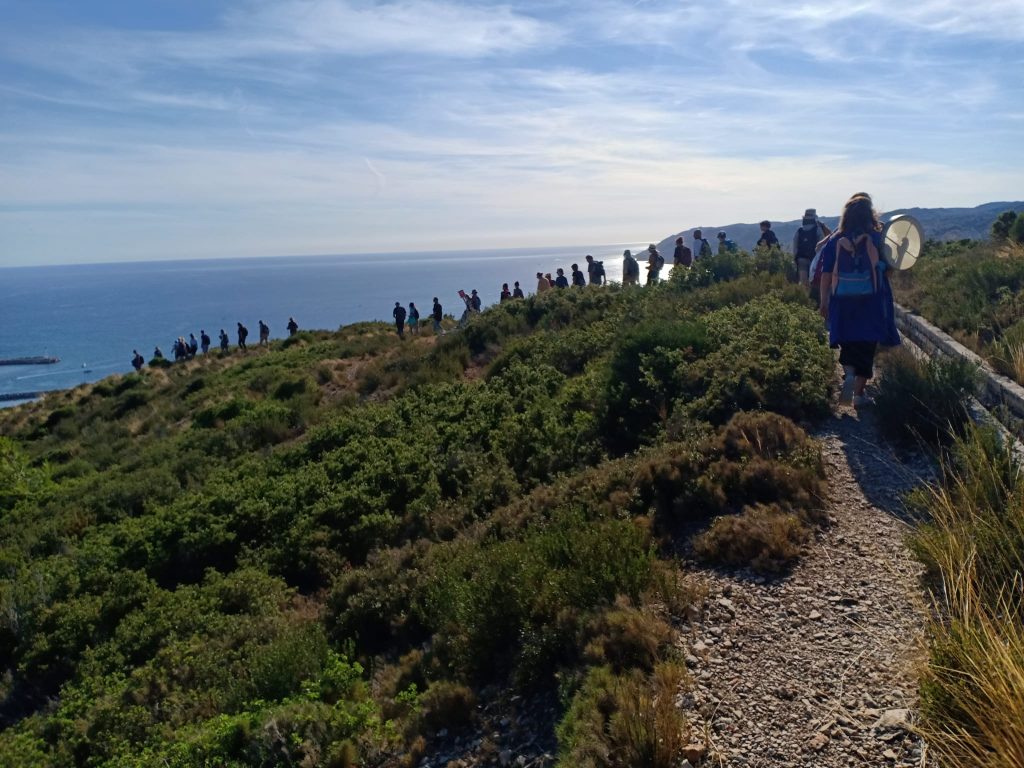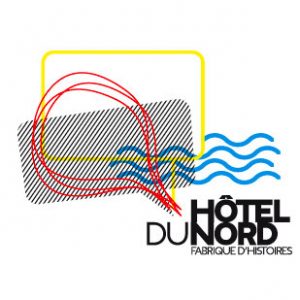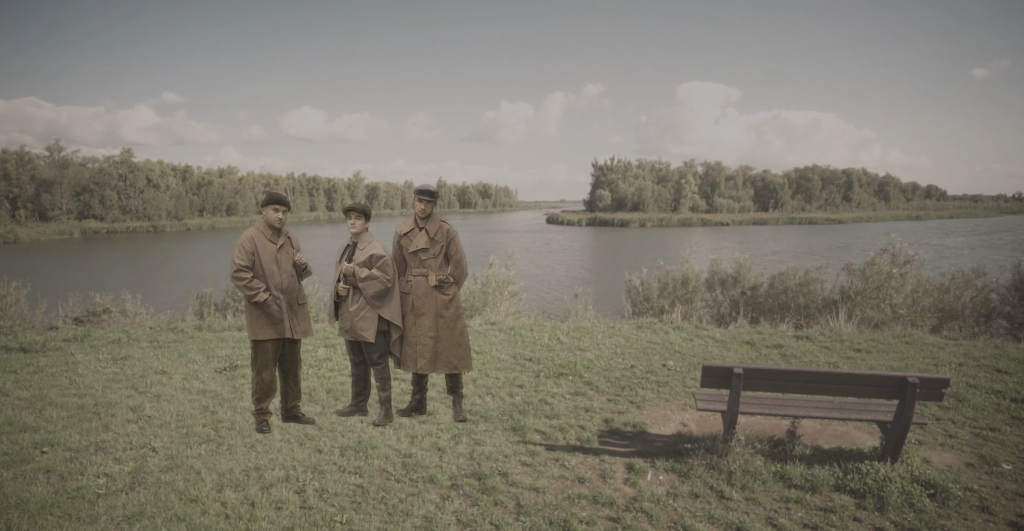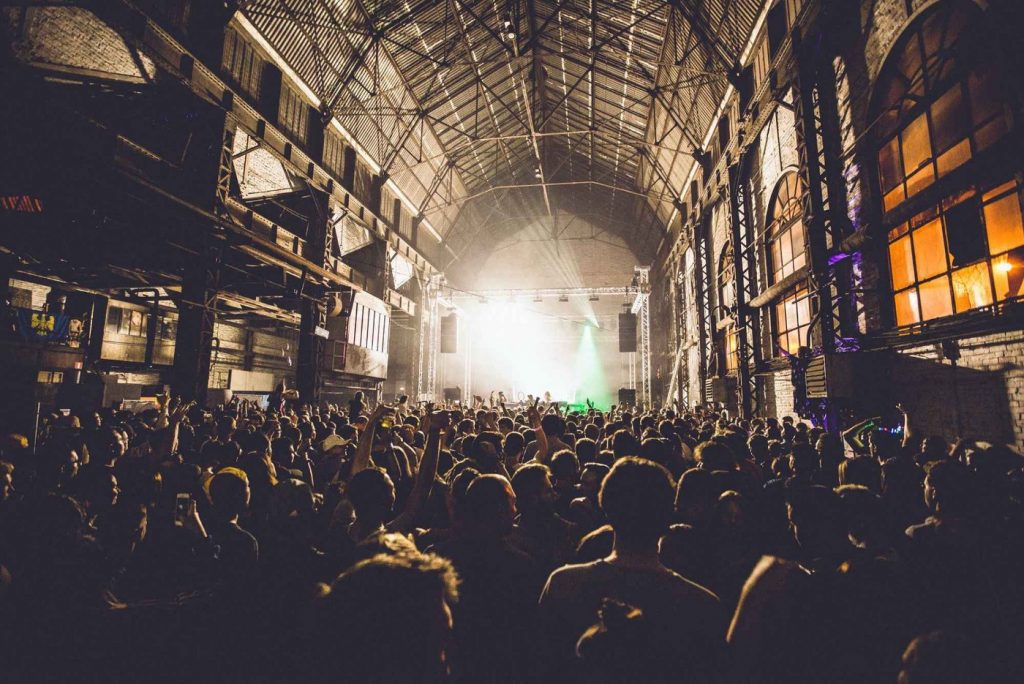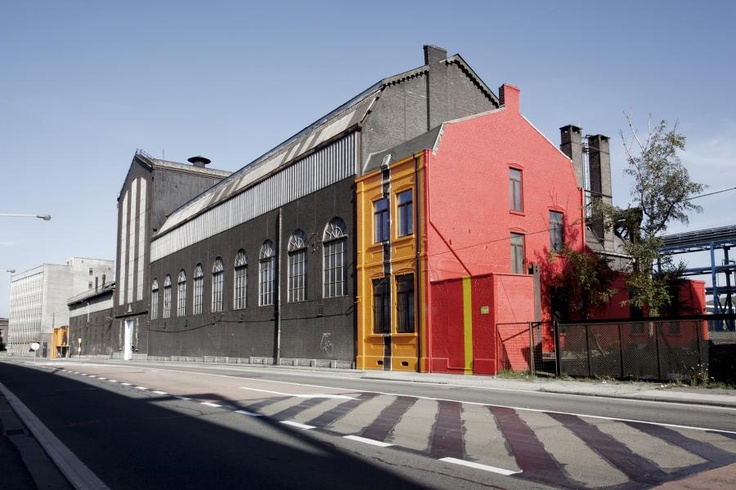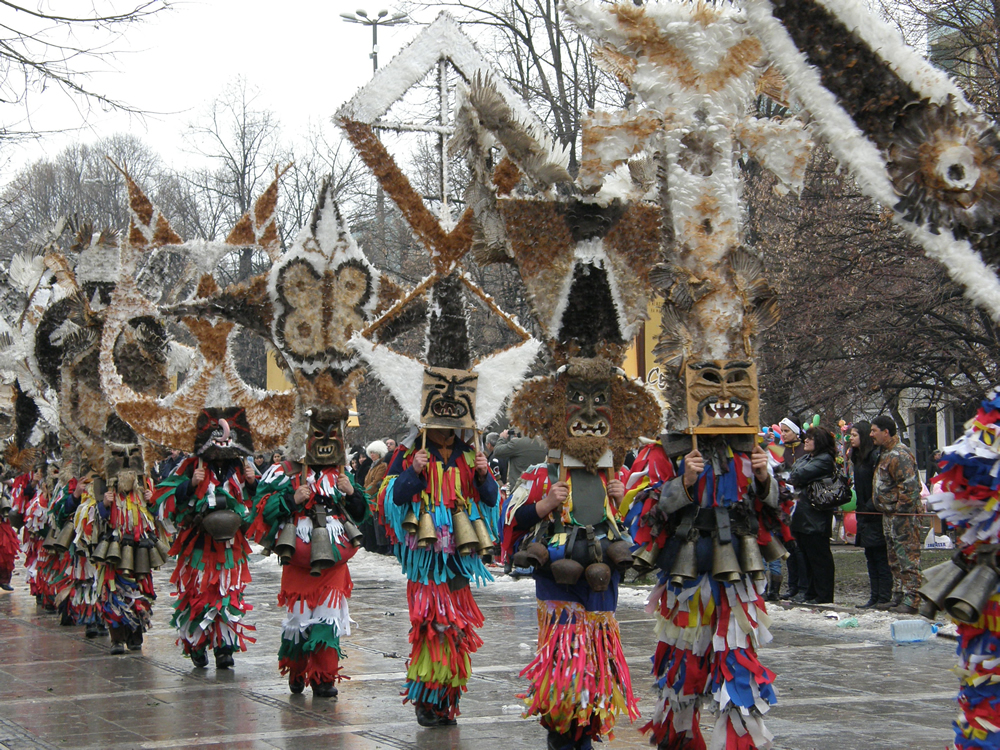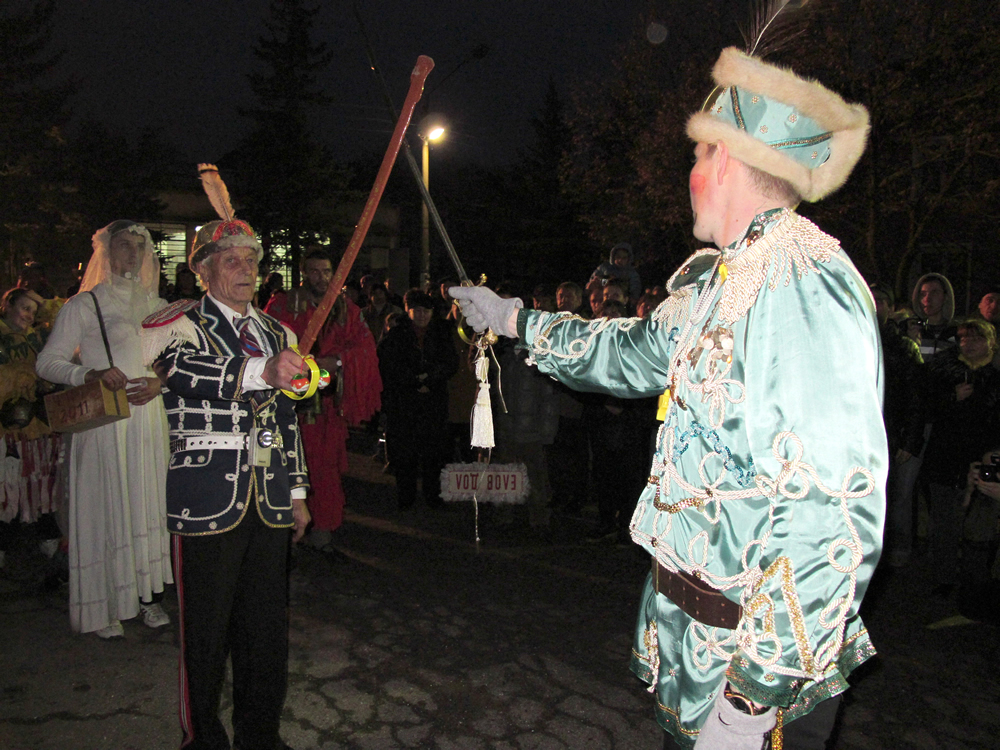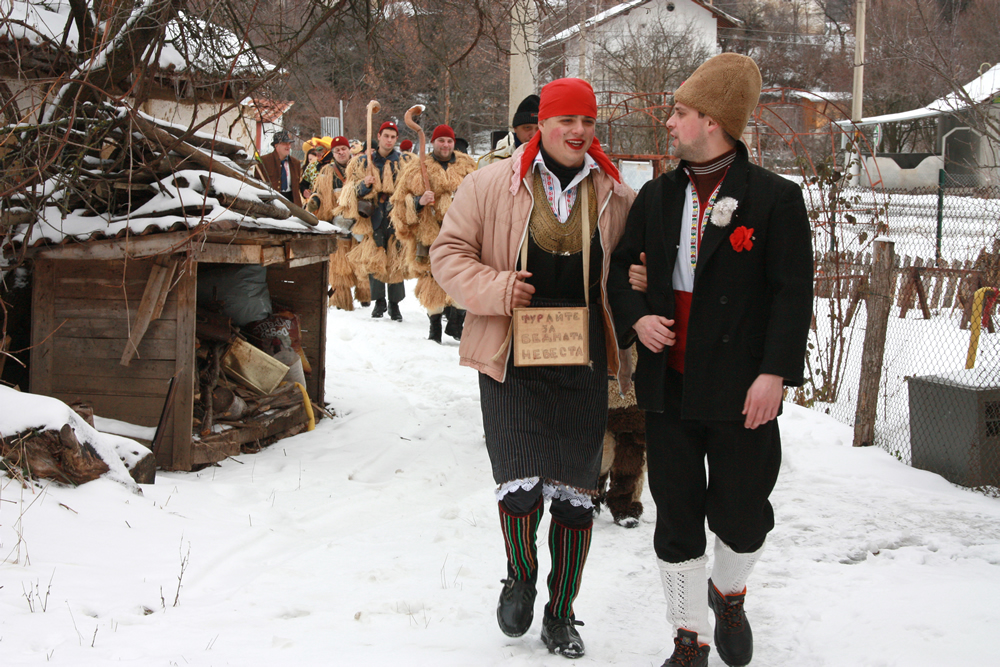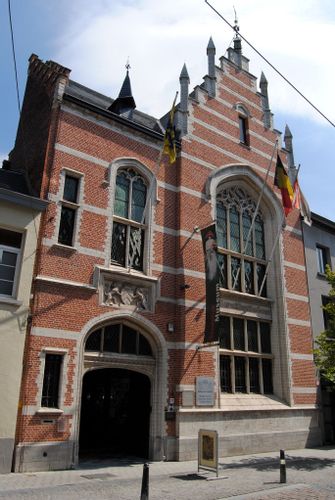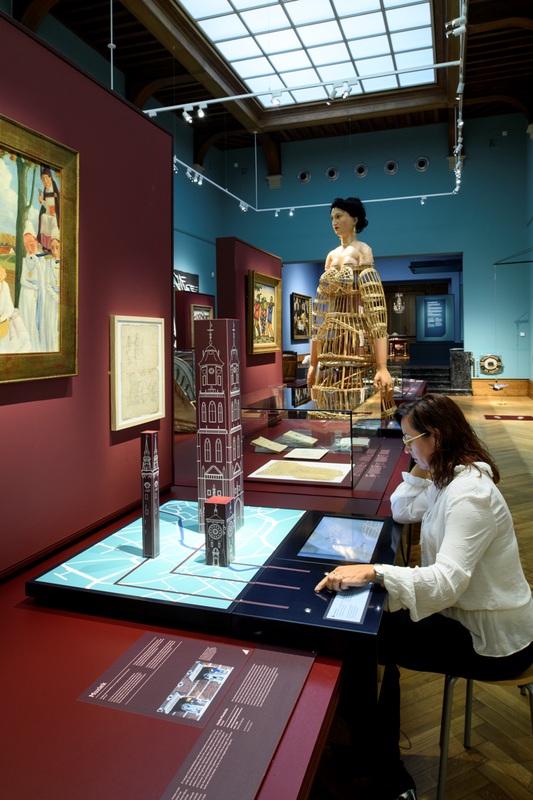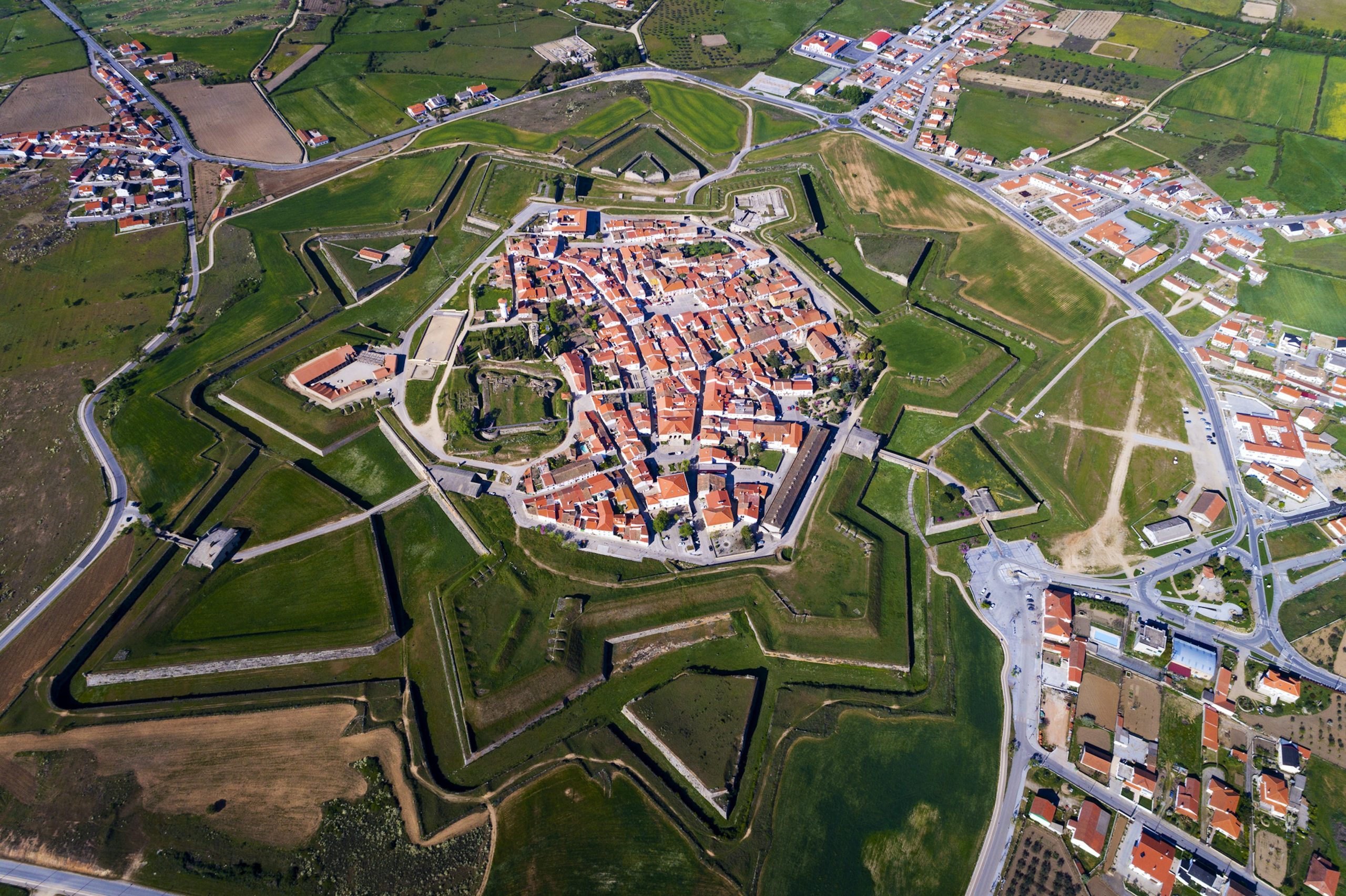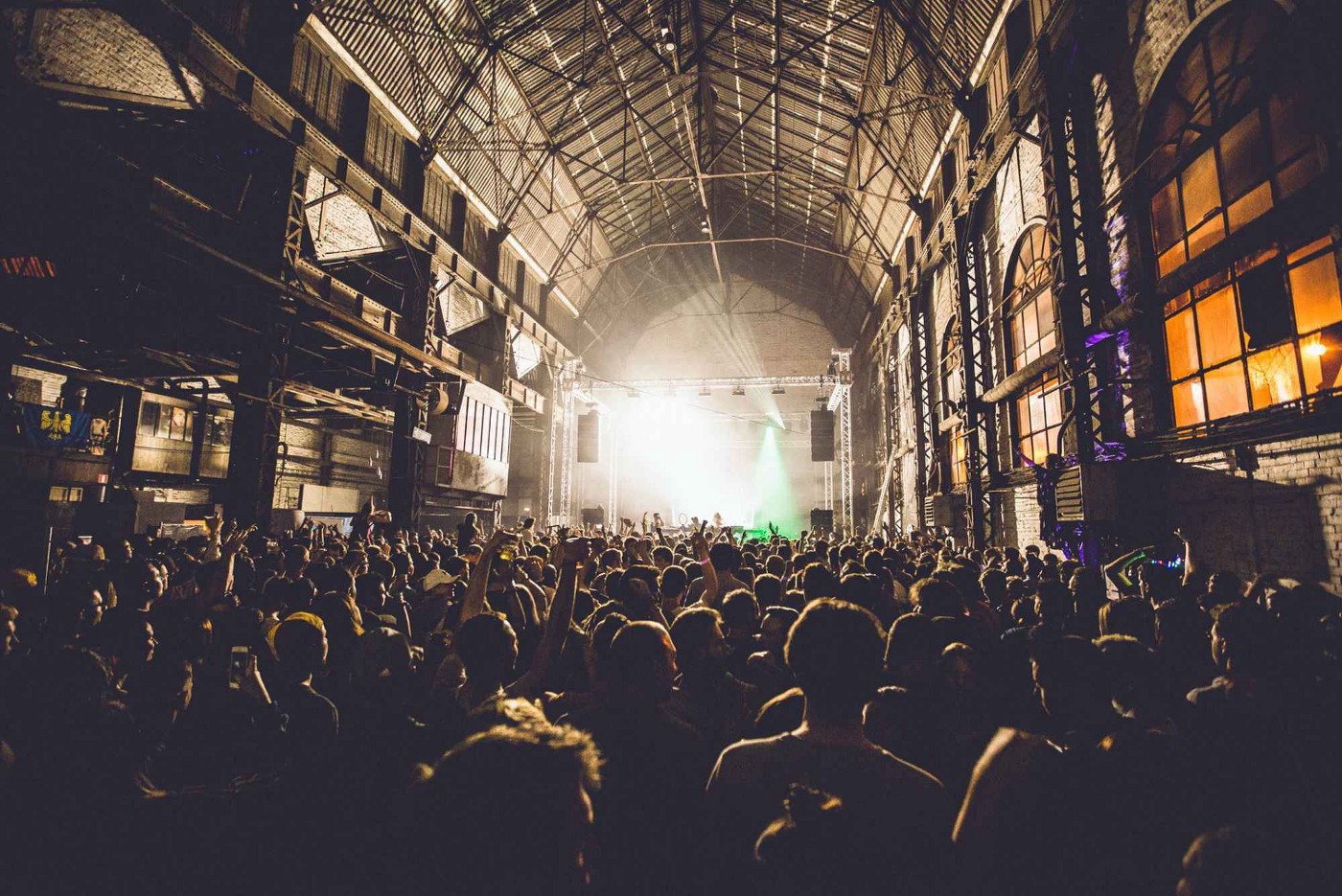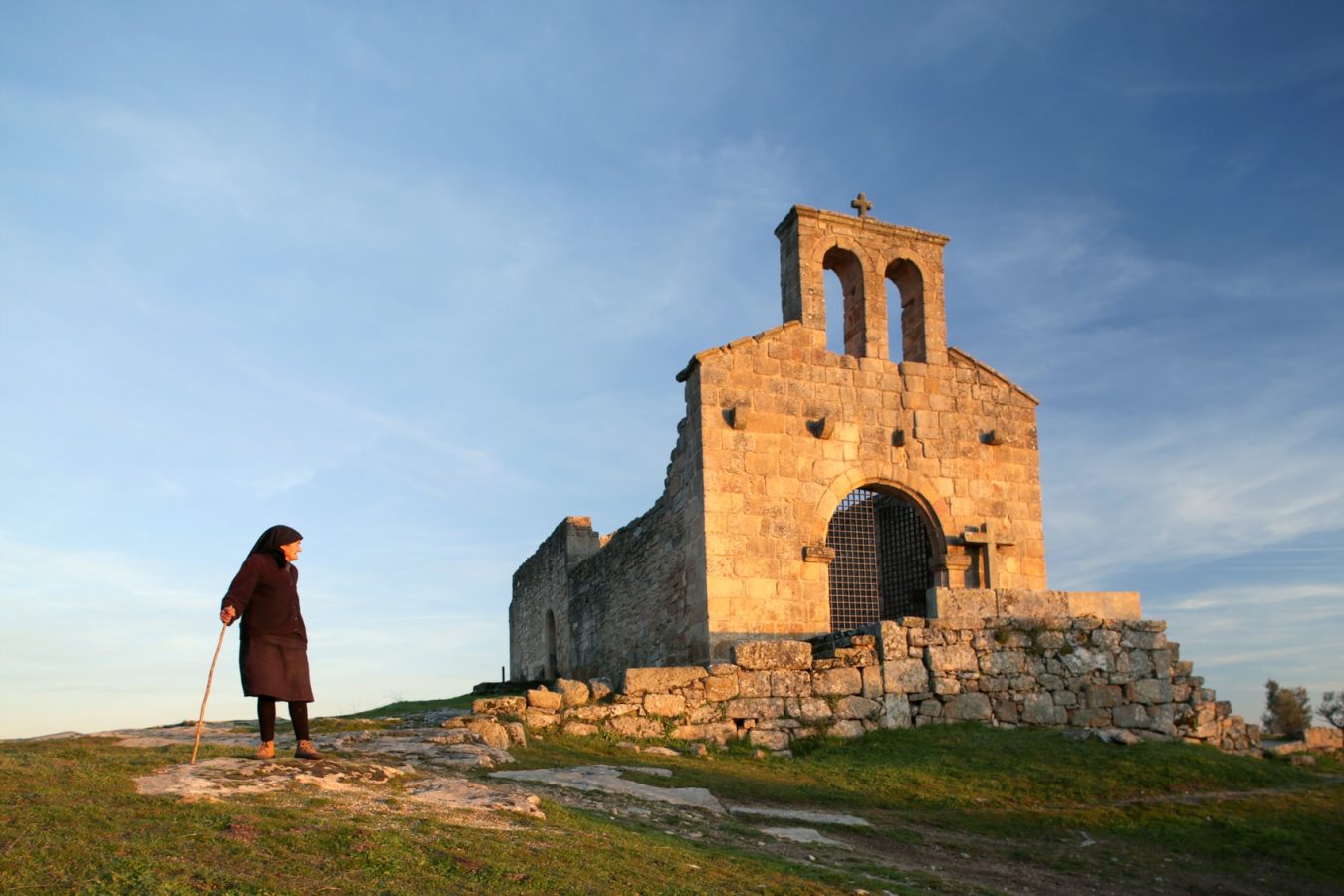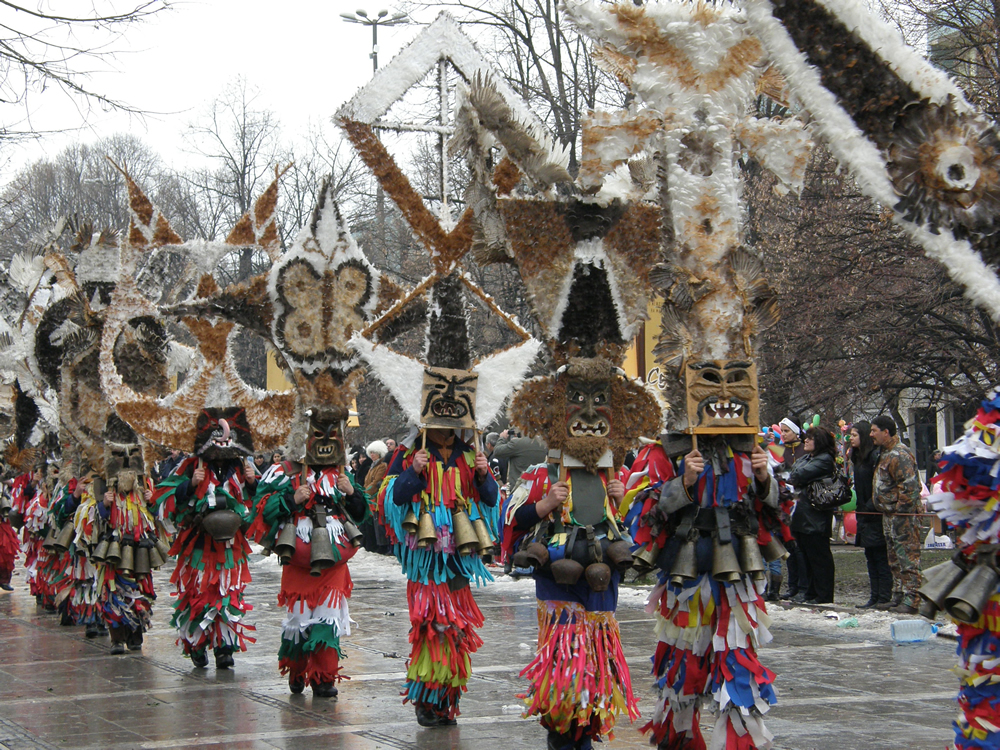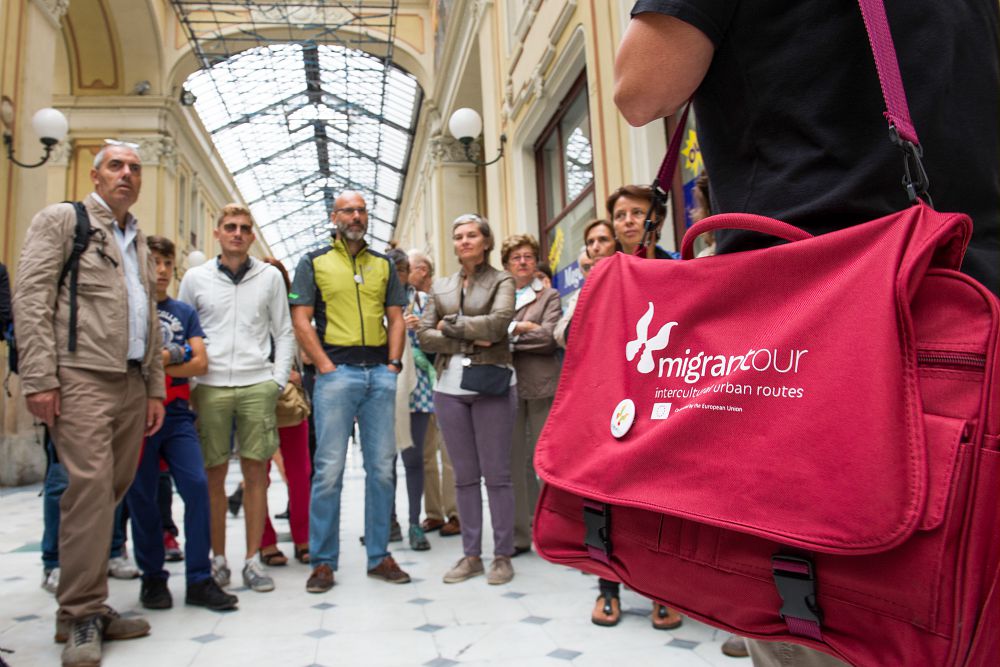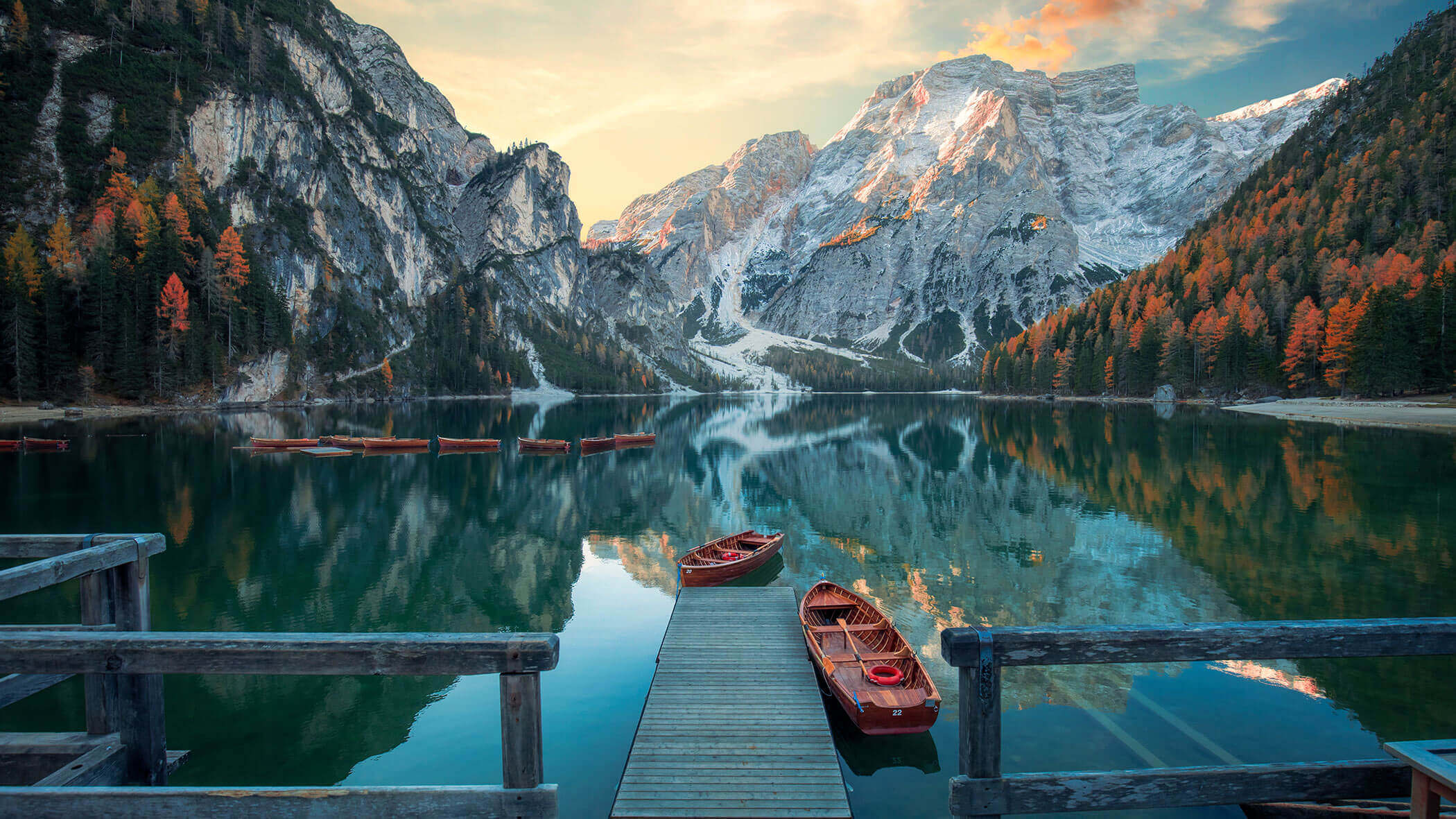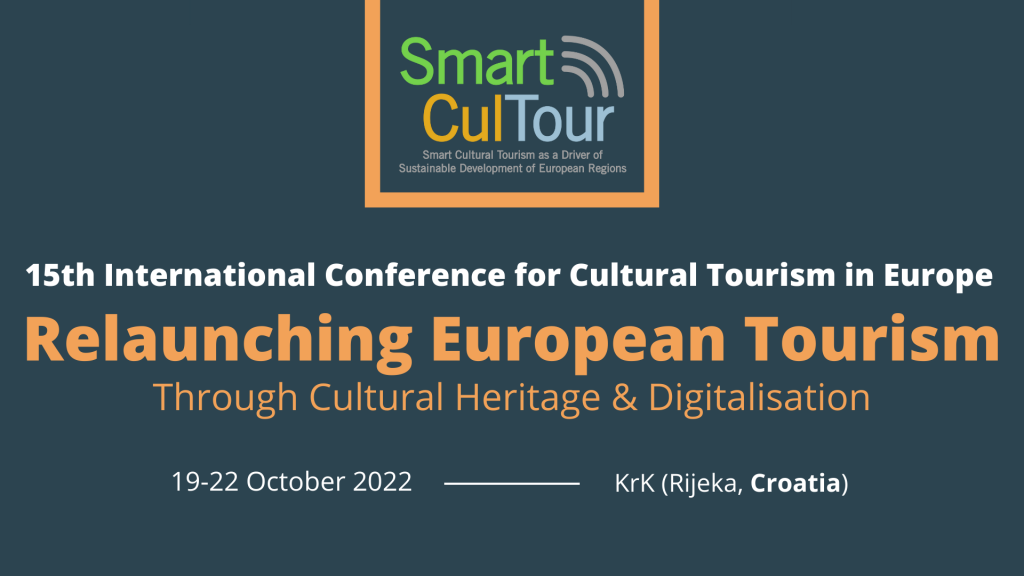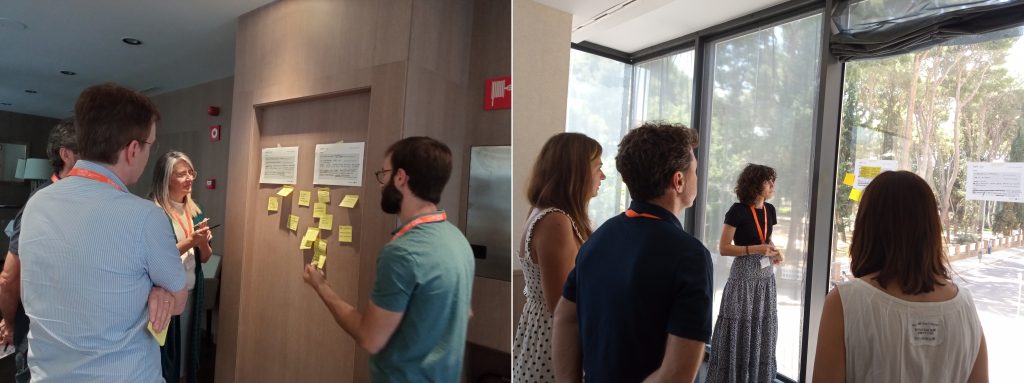Strengthening Capacities for Tourism Changes in the Western Balkans (CULTURWB)
#7 The CULTURWB Project involves three Western Balkan (WB) countries: Serbia, Bosnia-Herzegovina and Montenegro. Despite being very rich in cultural heritage, none of these countries is realizing their cultural tourism potential. There is a lack of adequate institutional frameworks and cooperation among stakeholders. The cultural sector lacks knowledge in project management, marketing, finances and tourism, while the tourism sector lacks knowledge in culture and heritage management. For this reason, the inspiration behind CULTURWB comes from the well-recognized need identified by all project partners of the region: to strengthen the cultural tourism industry and create and improve strategies for the further development of cultural tourism in these countries. The key stakeholders for the intervention were universities, cultural sites and institutions, tourists, non-profit organizations, students, cultural and tourism entrepreneurs, and managers. In the first phase, universities develop a Lifelong Learning programme (LLL) aimed at the skill enhancement of professionals from the cultural sector and an interdisciplinary Master’s programme that consolidates the fields of tourism management and culture & heritage promotion. The LLL objective was to equip graduate students with specific qualifications. For this reason, the university educational proposal was built together with local actors already involved in the tourism sector which had suggested the most suitable theoretical and practical norms to address. In the second phase, they created the CULTURWEB internet platform that serves as a hub of communication for all the experts from the cultural and cultural tourism sectors of the whole WB region and elsewhere. The project lasted three years and still continues to bear fruit. It is still too early to make a comprehensive evaluation of the project’s impacts. Nevertheless, the expected results will provide meaningful insights. In fact, by enhancing human capital knowledge and skills, CULTURWB is expected to generate a significant indirect economic impact in the long term. Strengthening the skill-set of current/future professionals will also provide them with more opportunities in the future, improving their living conditions. In the long-term the project might also strengthen attitudes towards safeguarding cultural heritage, enabling a better valorization of cultural resources and an increased awareness of the local culture. Also worthy of mention are the financial resources granted by the Erasmus+ programme. The financing was fundamental to overcome the structural lack of communication and cooperation among stakeholders in the cultural and tourism sectors.






